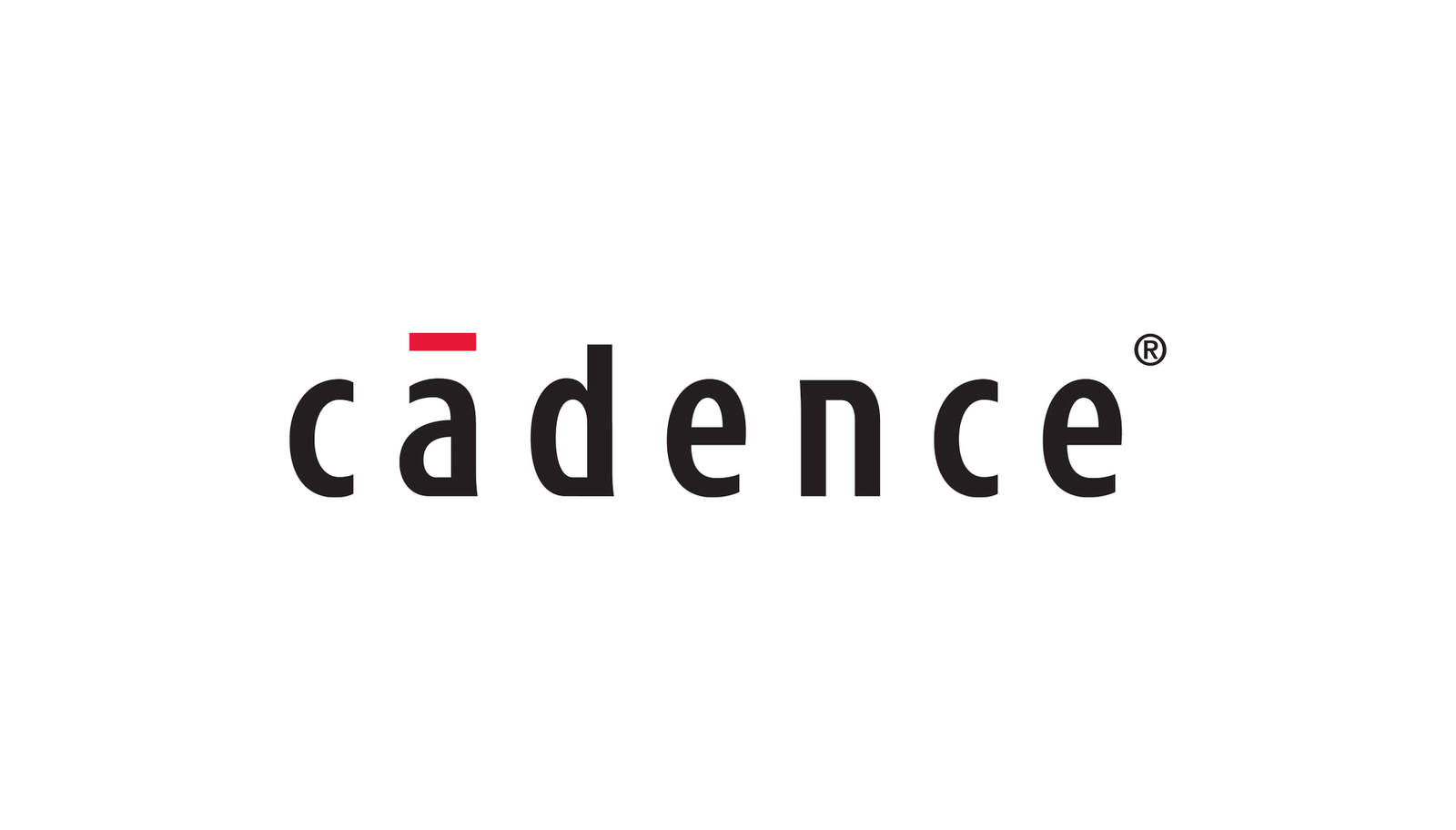by John Lin, Stuart Rae, Min Zhou, AllianceBernstein
Complex ties between US and Chinese technology sectors are being tested by trade war tensions. But some steps taken by the US against Chinese multinational giant Huawei Technologies could backfire and spark a new phase of development for the Chinese technology sector.
China’s technology industry has been a primary target for US sanctions. As one of China’s biggest corporate innovation success stories, Huawei is a source of pride for China, but the US sees it as a national security threat that uses its technology for intelligence gathering in the West on behalf of the Chinese government. US Treasury staff involved in the negotiations with China say Huawei is a national security issue that isn’t tied to the trade talks. However, when the US arrested Huawei’s chief financial officer in late 2018, many observers believed that technology had become an active front in the escalating trade war.
US Crackdown Forces Huawei to Localize Its Supply Chain
President Trump has stepped up a crackdown on Huawei in 2019, effectively locking it out of the US. The ramifications are widespread. Huawei is the world’s largest telecom equipment manufacturer, with revenues of US$105 billion in 2018, a global market share of about 30% and customers in more than 170 countries. It’s also the world’s second-largest smartphone manufacturer behind Samsung. In 2018, Huawei invested $15 billion in research and development. All this makes Huawei a key player in the global technology supply chain. Until the ban, it relied heavily on US suppliers.
At the G20 meeting in Japan in June, Trump promised to relax some restrictions on Huawei. And Huawei’s CEO, Ren Zhengfei, told the New York Times recently that the company was interested in “good faith” negotiations toward a solution. Political controversy aside, we believe the US measures against Huawei and other China technology firms could breathe new life into the sector by forcing Chinese tech companies to beef up their local supply chains.
Looking Beyond Short-Term Pain
For Huawei and the global technology supply chain, the immediate impact has been painful. The company is a key consumer of high-end tech products and services. Indeed, after losing access to Google’s Android operating systems, Huawei said it expects to suffer a sharp decline in its smartphone sales volumes. Since Huawei is a major manufacturer of 5G networking equipment, the restrictions may also slow global progress in upgrading networks to 5G.
However, over time, we think that Chinese companies will accelerate their efforts to develop more self-sufficiency. Even if the US ban is relaxed or removed, we expect the events of the past year to reinforce efforts by Chinese technology companies and authorities to reduce their dependence on suppliers abroad.
This won’t happen overnight. There are still big gaps in several areas of China’s technology ecosystem that will take time to fill. Local Chinese suppliers will also need to continue to upgrade their manufacturing quality to be included in Huawei’s products.
But over time, we think the increased demand will prompt Chinese suppliers to sharpen their game. Our research suggests that Huawei is already working closely with local suppliers of printed circuit board (PCB) materials and optical components to narrow the technology gap. South Korean and Taiwanese technology groups may also benefit from Huawei’s search for new suppliers.
Finding Opportunities
In China, select defensive technology companies deserve closer attention. These include companies with manageable exposure to Huawei that are relatively insulated from US-China trade tensions, with good growth visibility and high quality. For example, some Chinese companies could benefit from the eventual global rollout of 5G telecom networks, as the technology gap with US rivals isn’t too wide, in our view.
Shengyi Technology is a good example. The company is the largest Chinese supplier of copper clad laminate (CCL), a key material for making PCBs. We believe that there will be increasing demand for high-end CCL materials as networks eventually transition to 5G technology, with much faster data transmission and much lower latency than 4G. Indeed, Huawei is already collaborating with Shengyu after its ties with a US supplier were severed.
Chinese optical component suppliers are also stepping into the void created by the US ban. These include Accelink Technologies and Zhongji Innolight, both of which have technology that has allowed them to chip away at the dominant US suppliers, who’ve been forced out of the Chinese market.
The ongoing trade war continues to provoke market volatility and to cloud the outlook for the Chinese economy. Yet we believe that these are excellent conditions for investors to search for developing opportunities. Equity investors with a long-term horizon may find surprising trends beginning to unfold that could turn little-known Chinese technology companies into major industry players—with strong return potential.
John Lin is Portfolio Manager of China Equities at AllianceBernstein (AB).
Stuart Rae is Chief Investment Officer of Asia-Pacific Value Equities at AB.
Min Zhou is a Research Analyst for Equities at AB.
The views expressed herein do not constitute research, investment advice or trade recommendations and do not necessarily represent the views of all AB portfolio-management teams.
This post was first published at the official blog of AllianceBernstein..















